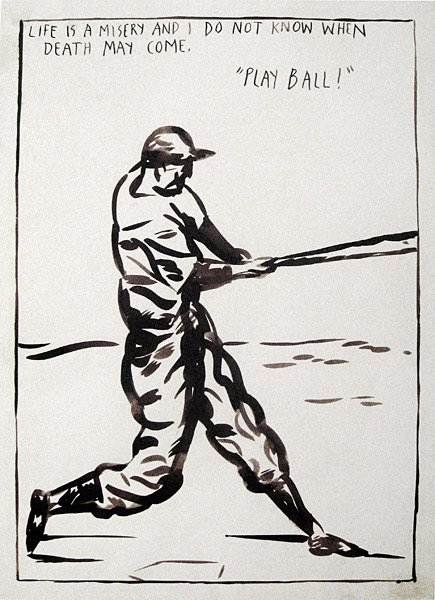When Susan Rothenberg makes a piece, she doesn't want the subject matter or theme to be obvious. After all, she wants the viewers to do a little bit of the work too and think for themselves.
Rothenberg does mainly paintings with the use of acrylic and oil paints.
Earlier in her art career, the only subject matter Rothenberg would depict were horses. She explains how it was a dream of hers to do a series then, and that series ended up being about horses. The paintings depicted just the silhouettes of horses in various colors against non-objective backgrounds. Rothenberg's works are now more about memories of certain events. For example, one painting she did was about when she found a dead cow in a river sometime in the past.
Rothenberg's paintings are done in a very impasto style. She adds layers upon layers of thick, globs of paint that create a visible kind of texture. A lot of her paintings are also done in an unusual perspective. Instead of looking at the subject matter straight on, you're actually looking down at it. Also, when creating her paintings, Rothenberg doesn't use the color that comes straight from the tube of paint. She finds the colors too bright and saturated for her tastes, so she has to dirty the color somehow by mixing other colors to it.
In our world, many artworks are about beauty and representations of it. Rothenberg does not follow this trend, though, and instead pursues the portrayal of truth, which she believes is more important than making something pretty.
Information provided by:
"Susan Rothenberg." Art21. PBS, n.d. Web. 22 Mar. 2014.











